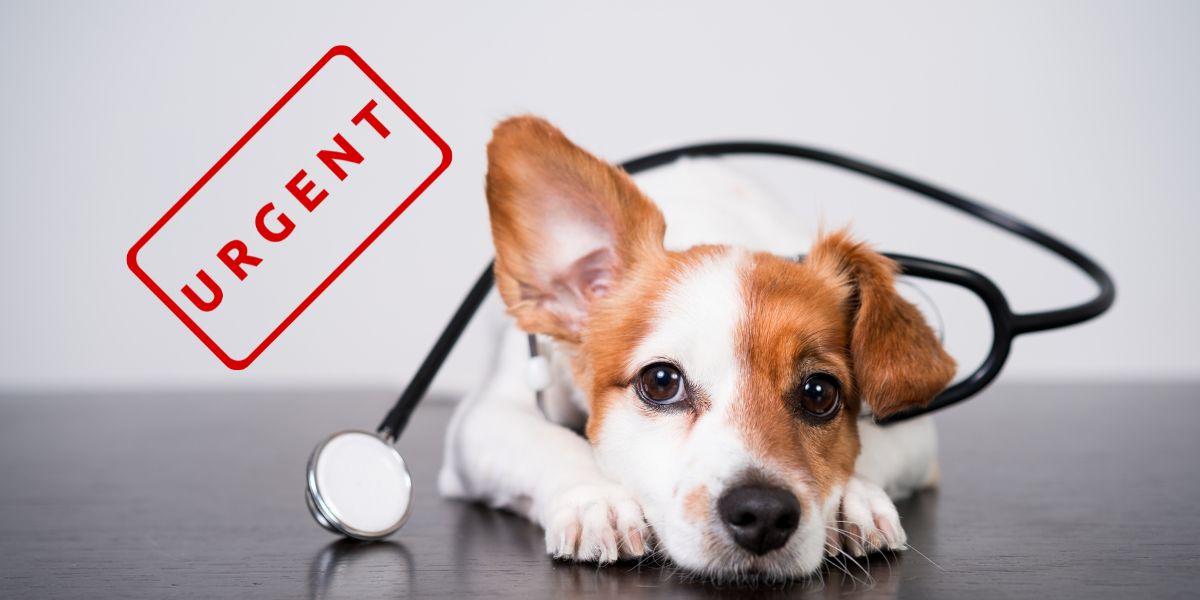Recognizing Head Pressing in Pets
Head pressing refers to an abnormal behavior where an animal, such as a dog or cat, presses their head against a wall or other vertical surfaces for no apparent reason. This behavior may also manifest as the animal rubbing their head against the floor or other objects. While head pressing itself is not a disease, it's a symptom of an underlying medical condition, often indicating a range of neurological issues that can be serious and potentially life-threatening.Signs and Symptoms of Head Pressing
Common signs and symptoms associated with head pressing include:Pressing the head against walls, objects, or the ground for extended periods
Lack of coordination
Circling, often in one direction
Repetitive movements
Blindness
Changes in behavior
Depression or lethargy
Seizures
Loss of control over bodily functions, such as urination or defecation
Be vigilant for these symptoms in your pet, as they may indicate the presence of an underlying neurological problem.
The Root Causes of Head Pressing
Head pressing is a symptom rather than a diagnosis, and its underlying causes can be diverse. Commonly seen in dogs and cats but also in other animal species, head pressing can result from various medical conditions such as metabolic disorders, encephalitis, neurological diseases, tumors, or exposure to toxins. Additionally, physical trauma to the head or neck, infectious diseases, or psychological distress can cause head pressing.Tackling Head Pressing: Treatment and Prevention
If your pet exhibits signs of head pressing, seek veterinary attention immediately. Diagnosing head pressing typically involves a physical examination, neurological evaluation, and possibly additional tests like urinalysis, blood tests, radiographs, or ultrasounds. Treatment will depend on the underlying cause and may include intravenous fluids, antibiotics, anti-inflammatory drugs, vitamin supplementation, or seizure medication. In some cases, surgery may be necessary.To prevent head pressing, ensure your pet receives a balanced diet with adequate vitamins and minerals, and provide safe toys for entertainment. Monitor their environment for changes or hazards, and seek veterinary check-ups if you notice any unusual changes. Regular exercise and mental stimulation can also help maintain your pet's overall health.
If you found this article helpful and informative, please take a moment to share it with your friends and family on social media or by email. Your support helps us reach more people, grow our website, and continue providing engaging, useful content to pet owners like yourself. Together, we can make a difference in the lives of animals and their human companions.

There are currently no more comments available.